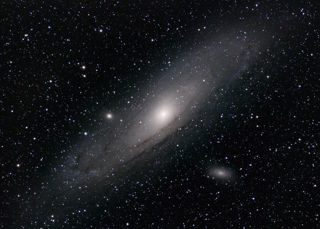
Nakhla meteorite BM1913,25
Nakhla meteorite BM1913,25
Nakhla Martian meteorite, which fell in northern Egypt in the general area of Alexandria on 28 June 1911 at 9:00am. It is classified as a Nakhlite and the fusion crust formed from its fiery journey through the Earth's atmosphere can be seen on one side. This is an extremely fragile specimen and a rare piece of Mars found here on Earth.Geologists have compared Nakhla’s chemical make-up to measurements taken by probes and landers sent to Mars (e.g. Curiosity Rover, Viking Landers etc.). They found that Nakhla exactly matched rocks found on the Red Planet’s surface, confirming it as a piece of another planet found here on Earth. Martian meteorites are even rarer than Moon rock, as, of the over 60,000 meteorites recorded to have been discovered on Earth, less than 150 originate from Mars. On loan from the Natural History Museum, this meteorite is one of several from the Nakhla fall that scientists have studied. By looking closely at their chemical make-up, it was discovered that they contained clay minerals, proving that water once existed on Mars.
It was ejected from the surface of Mars by an impact from a large comet or asteroid around 11 million years ago. The impact was so large that material from the surface was thrown up into space at such a speed that it escaped the planet's gravitational pull. Some of this debris eventually came too close to the gravitational pull of the Earth and fell to the ground in the area of Abu Hummus in Egypt. It was named after the village El Nakhla El Bahariya, which was the closest settlement to the site of the fall.
One of the stranger stories surrounding the Nakhla meteorite involves the claim by an Egyptian farmer who witnessed the fall that a piece hit and killed a dog. He claimed that it vaporised the dog on contact. No conclusive evidence was ever discovered and experts do not believe the story. However, the incident of the Nakhla dog has become folklore in the study of meteorites and records of meteorite related deaths.
Audio
Meteorites and Fusion Crust
More information
Object number
L2002-6
Location
Our Solar System Gallery
Curator's comments
In the audio clip our curator explains the black fusion crust that can be seen on the Nakhla meteorite
Has this object been into space?
Yes
Dimension - Dimension, Value, Measurement unit
Height: 10mm
Length: 30mm
Width: 15mm
Weight: 7.11g
Material
Basalt
Olivine
Augite
Materials & techniques note
Martian meteorite - nakhlite
Associated Place
Mars
El Nakhla El Bahariya
Egypt
Credit Line
Specimen on loan courtesy of the Trustees of the Natural History Museum, London
On Display Status
Not on display
Copyright and Photos
Photography is shared via the license below.
However, some objects on this website are on loan to the National Space Centre and are being shared through the permission of their owners.
Commercial use of images from this website is not allowed without additional permissions being granted. To request permission to use images for purposes not covered in the license below, please contact [email protected]
Individual objects on loan to the National Space Centre may have additional copyright permissions, so advice should always be sought before use.
![]()
This work is licensed under a Creative Commons Attribution-NonCommercial 4.0 International License.




